Having a moderate or high amount of astigmatism can seriously affect your vision. Even low amounts of astigmatism can be a real nuisance. We all know that LASIK surgery can help people with nearsightedness get rid of glasses, but can LASIK fix astigmatism?
Can LASIK Fix Astigmatism?
The short answer is yes! However, before you spent the thousands of dollars required for this surgery, I would strongly suggest reading through this article to get a sense of the pros of cons of LASIK, particularly for people with astigmatism.
What is Astigmatism?
Astigmatism is a condition of the visual system that results in blurry vision at all distances. The severity of the blur depends on the “strength” of the astigmatism and whether it is present in conjunction with other conditions of the visual system, namely myopia (nearsightedness) and hyperopia (farsightedness).
Astigmatism is a result of a cornea that is not perfectly spherical in nature. There’s a lot to unpack here, so let’s break it down.
The Cornea
The cornea of the eye is thin, clear, and curved tissue that covers the anterior chamber (the front part of the eye).
When we look at our eyes, it’s easy to forget that the cornea is even there. After all, it’s transparent, so how can we even see it?
The cornea has about the same diameter (~11-12mm) as the colored part of your eye called the iris. In fact, the cornea completely covers the iris as well as the black circle in the center of the iris called the pupil.
If you think of the iris as a flat horizontal surface, the pupil would be a hole in that surface and the cornea vaults over the entire iris forming a clear dome over it.
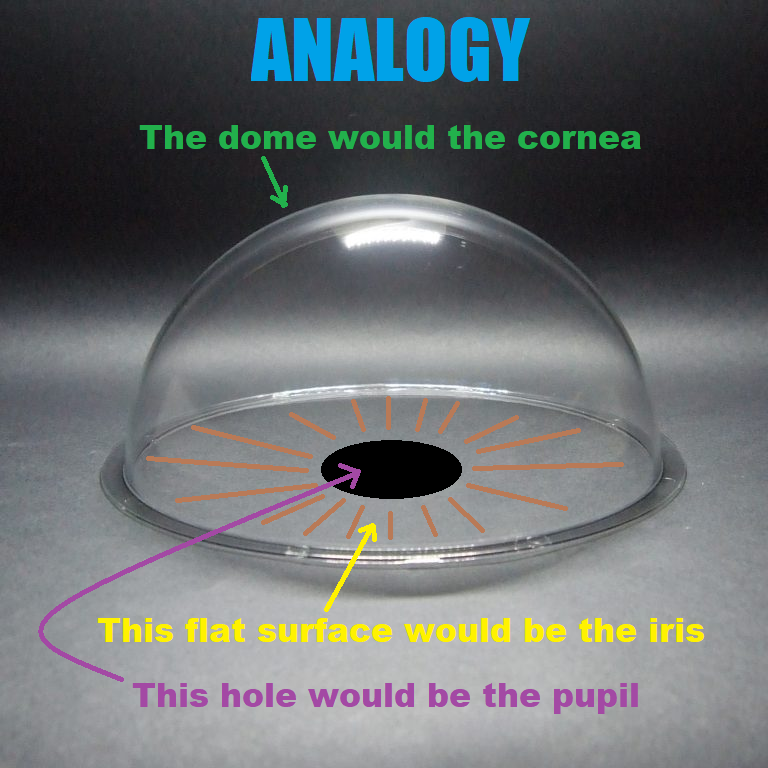
On average, the cornea is only about 550 µm (micrometers) thick. If you’re not familiar with that unit, 550 µm = 0.55 mm = 0.022 inches.
The average radius of curvature of the cornea is roughly 7.84mm. That means that the curvature of a circle with a radius of 7.84mm has the same curvature as the average cornea.
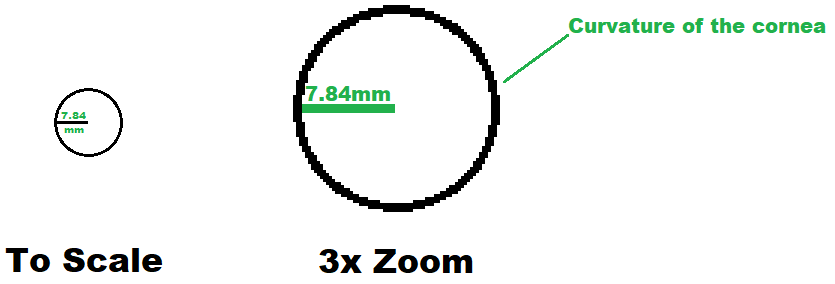
Of course, the cornea doesn’t form a complete circle. If you just took about a quarter of that circle, that would be a better representation of the cornea, and the rest of the eyeball has a different curvature.

The Cornea Can Have 2 Different Curvatures
Astigmatism is simply when the cornea does not have the same curvatures in all directions. When this happens the cornea develops 2 different curvatures 90 degrees apart.
The most common scenario is when those 2 different curvatures are up & down and side to side.

This is just an example to illustrate the concept. In reality, a 1mm difference in the 2 curvatures of the cornea would result in extremely high astigmatism (~ -6.00D of cylinder).
The 2 different curvatures are not always oriented like this. They can be in any direction but the 2 different curvatures are always 90 degrees apart. The exact direction of the curvatures in astigmatism is measured and recorded as the “Axis” on glasses prescriptions.
Did I got a good job explain astigmatism in this article? If not, I’ve written a different article explaining it in a different way. You can read it here: What is Astigmatism?
How Does LASIK Fix Astigmatism?
What happens when you have LASIK with astigmatism is that the cornea is returned to a spherical shape. “Spherical” in this context is just the word we use to describe a cornea that only has a single curvature is all directions.
This is achieved by the use of a laser called an “excimer laser”. The laser literally reshapes the cornea by selectively ablating (vaporizing) the cornea in a pre-determined patterned based on your prescription.
Whether someone is having LASIK for astigmatism, nearsightedness, or farsightedness, the cornea is only part of the eye that is affected by the laser.
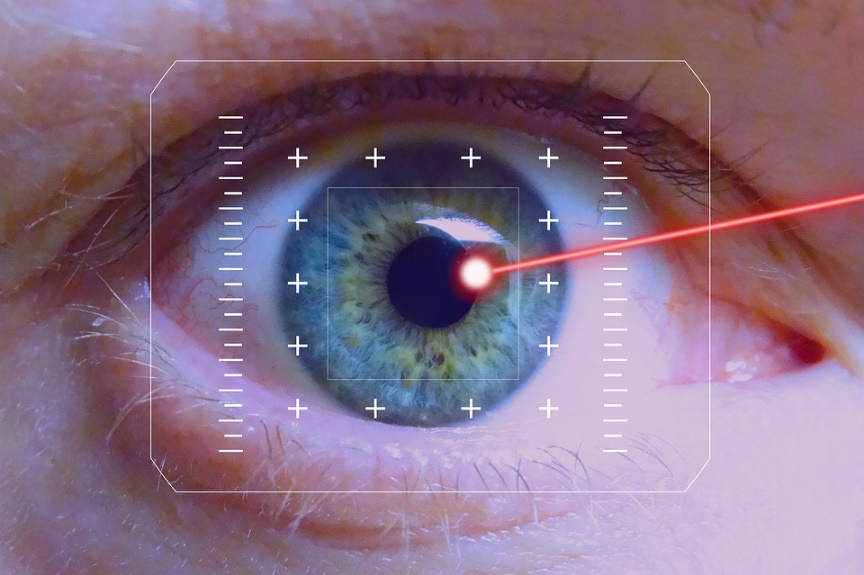
Limitations of LASIK With Astigmatism
As you might have guessed, astigmatism is more difficult to fix using LASIK compared to simple nearsightedness.
When having LASIK with astigmatism, you are slightly more likely to have a small residual prescription, even after your surgery. Of course, it will be vastly improved compared the original prescription, and for most people it is acceptable.
However, if you are very particular about your vision and extremely sensitive to any blurriness, you should be accepting of the possibility of still needing a small glasses prescriptions afterwards.
Keep in mind that after you’ve had LASIK, contact lenses are no longer going to be an option for you. Therefore, if you do have a residual prescription, you will have to resort to glasses again.
After LASIK surgery, contact lenses cease to properly fit over top of the cornea because the curvature of the cornea becomes significantly altered. This is particularly a problem for contact lenses for astigmatism as they will not sit still on the eyes causing near constant fluctuations in vision.
My LASIK With Astigmatism Experience
Take this next example with a grain of salt as, of course, it is but just one case out of millions.
Before I had LASIK, this was my prescription:
| Sphere | Cylinder | Axis | |
| Right Eye: | -1.75 | -1.75 | 180 |
| Left Eye: | -1.75 | -1.75 | 175 |
For people who are not familiar with reading glasses prescriptions, my prescription was a mixture of low-moderate nearsightedness and moderate-high astigmatism. For reference the “Cylinder” number is the one that represents the strength of the astigmatism.
After my surgery, once everything healed and settled, these were my numbers:
| Sphere | Cylinder | Axis | |
| Right Eye: | +0.50 | -0.75 | 175 |
| Left Eye: | +0.50 | -1.00 | 175 |
My nearsightedness was corrected very well, in fact I’m now slightly farsighted. But as you can see by the “Cylinder” numbers, they only went down by about half.
Despite all those numbers, I still feel that my vision is fine and I don’t wear glasses 95% of the time. I’m very happy with the results, but some people may be disappointed, especially given the large financial investment that it represents.
Summary
So can LASIK fix astigmatism? Yes it can but it’s not a home run every time. Before getting LASIK if you have astigmatism, make sure that you consult your eye doctor first, and then again with the people at LASIK center of your choice.
Ask about the most likely outcomes given your prescription, what can be done in case of sub-optimal results, the possibility of enhancement procedures, the most common side effects, the impact of your vision as you age, the costs involved, etc.
If you’ve had LASIK with astigmatism, please share your outcomes in the comments for us to learn from. Likewise, if you have any questions about LASIK, feel free to ask below :)

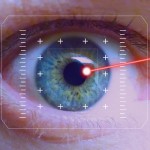
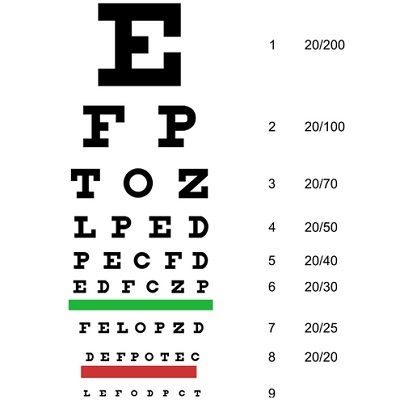

Leave a Reply